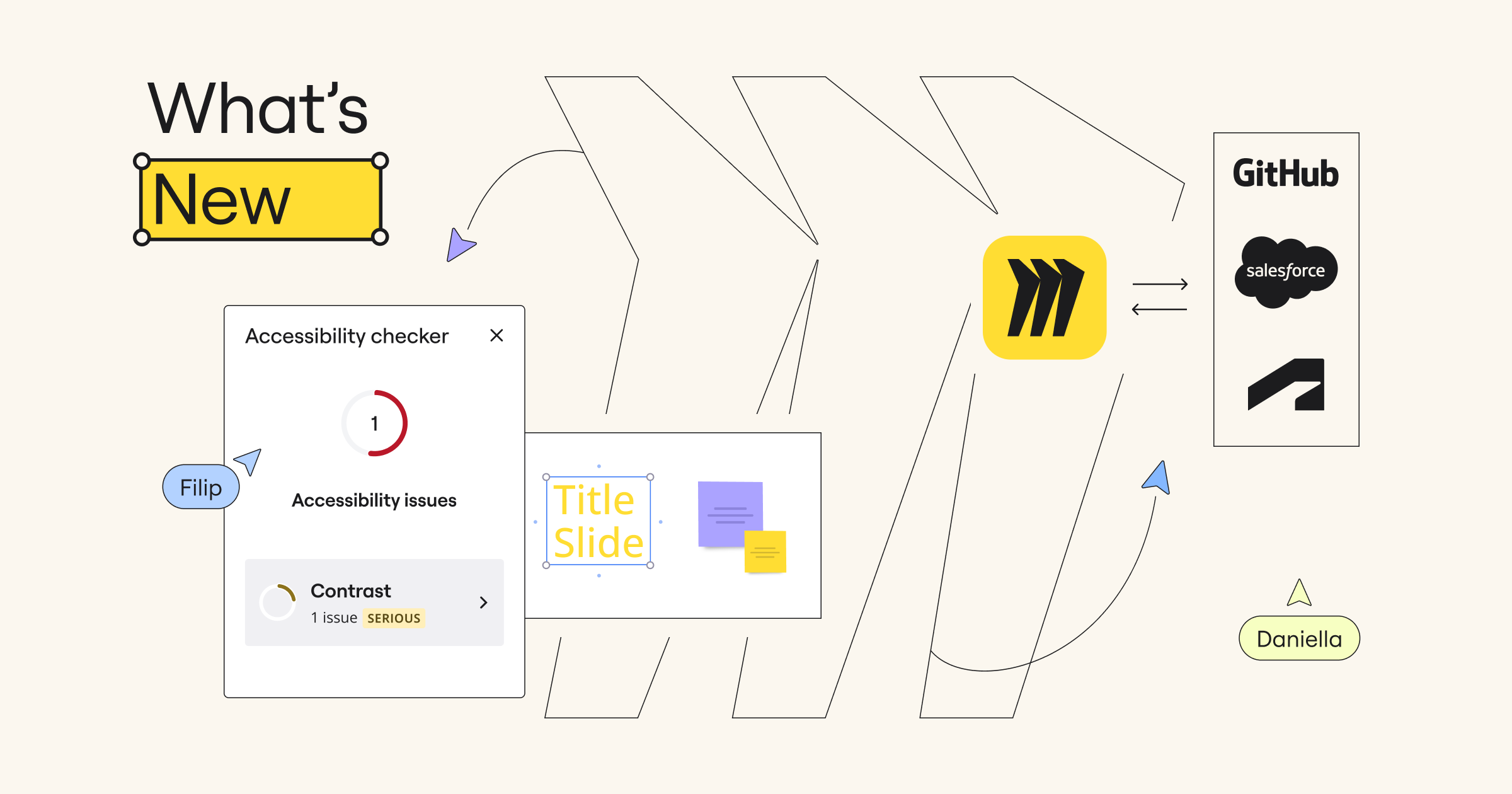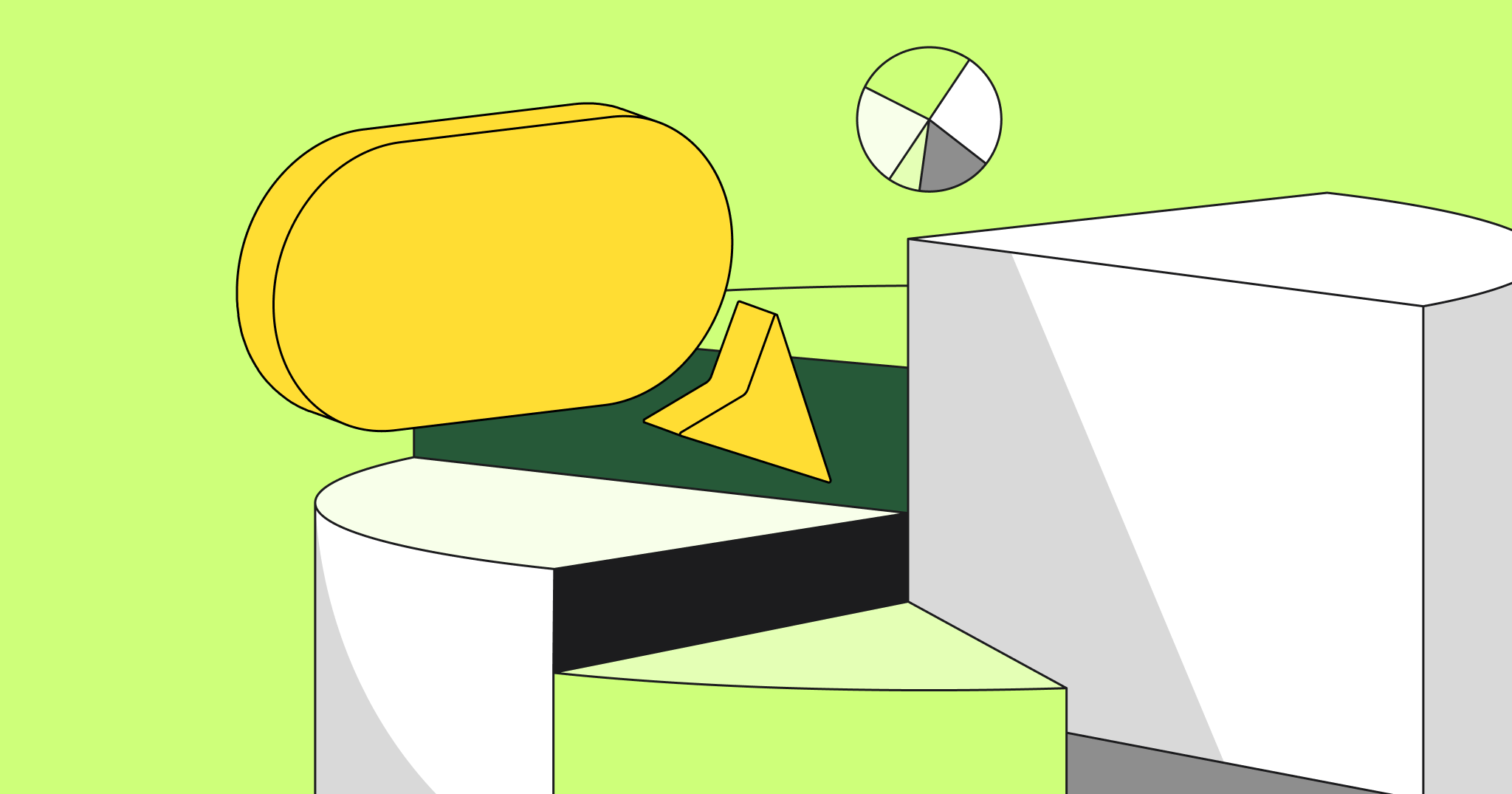When you’re first brainstorming a new idea or researching a topic, you don’t know what ideas you’re going to come up with. As such, it’s hard to plan a layout for the information in a typical report format. A mind map allows you to free yourself from a predefined structure, and lets the ideas grow as you develop them, ensuring that you don’t lose track of your thoughts.
What is a mind map?
A mind map is a visual tool for structuring thoughts. It can be used on an individual or team basis, and results in a hierarchical diagram of everything that has been discussed. The diagram is focused on a single element, where it is discussed, ideas are written down, spreading outwards from the original focus. This spreading and recording of key ideas helps trigger further ideas, and results in their natural grouping.
Records of the use of mind maps date back as early as the third century, and the idea of visually plotting one’s ideas has been used in many different ways throughout history. Through this time, the concept did not have a specific name, and it was only in the 1970’s that British psychologist Tony Buzan popularized the term mind map.
When to use a mind map
Mind maps are extremely versatile and have a number of potential uses. A mind map’s hierarchical and graphical nature also assists one in memorizing the information you lay down on it, giving them a number of applications:
- As a study aid — you were quite likely taught how to use one growing up, but their visual element is great at triggering memories.
- Researching new products and developing new ideas — as you discuss topics, they are recorded, allowing you to track idea development more easily, and for visualization for multiple people.
- As a problem-solving tool — helpful in brainstorming problems and building on ideas to determine solutions.
- As a presentation method — one is able to show how a process was developed, visualizing alternatives and topics discussed.
While useful for an individual to come up with ideas on their own, a mind map is a great tool for teams that are brainstorming together, ensuring that everyone’s ideas are heard and recorded in a logical, easy to absorb manner.
Making a mind map with a template
Making a mind map is a fairly straightforward task, but there are a few steps and hints that you can follow to ensure you get the most out of the exercise. To make things easier to understand, we’re going to demonstrate by creating our mind map. While you can jot one down on a piece of paper, there are a number of advantages to be had when using an online mind map maker. So, for our example we’ll use a mind map template in Miro to demonstrate each step.
Step 1: Start with a focus
You’re creating a mind map for a specific reason, whether it’s a subject that you’re investigating, or information you need to present. This idea or thought needs be the center of your mind map. As such, most mind map makers will place your focus idea, or goal, in the middle of the page.
For our example, we want to perform research, with the goal to launch a mobile app for an existing software product.
Focus tip:
Pictures and visual elements are much easier for the human brain to remember, and are more likely to trigger associated thoughts than just words. Miro’s visual workspace allows you to upload images, gifs, etc., making it easy to include them in your mind map. Consider using a picture to represent your mind map’s focal idea.

Step 2: Plot sub-groups
From your main idea, you will determine key areas, which are sub-groups of your focus. These can be extremely varied or similar, as long as each group is a distinct subset of the main focus. These groups are connected as lines to our focus.
For our user research, we start quite broad and choose to consider the following three topics:
- Customer Development — we want to confirm that our app will be beneficial to our clients and that the added value will result in maintained or increased profits.
- Trends — to ensure our user experience is up-to-date, we want to discuss new trends that could be implemented.
- Competition — to help understand the current market and identify ways to make our product better, we must analyze competitors’ products.
Don’t be concerned if you only have a few sub-groups. Ideally, you will have less than five, but each mind map has its own requirements, so this can vary.

Group tips:
- To help reinforce the grouping, make use of different colors for each group. You can either draw the lines in different colors, or write or highlight the words in separate colors.
- If you’re not sure what groups to create, try to answer questions about the topic, for example, how you want to perform the research, what results you expect. Each question can be associated with a word and used a group.
Step 3: Develop further
Each of your sub-groups will likely have their own set of sub-groups. For each of your areas, consider what they mean, and what ideas you feel link to that topic. Look at one group at a time, but come back to a group if there is more to add to it.
When we consider our groups, the next tier for each one could be:
- Customer Development
- Field visits — how do users use similar apps now in their day-to-day job?
- Beta testing — to get feedback from customers to the MVP version.
- Trends
- UX design — look at recently released apps to see what works well.
- Integrations — what other services do, which our users use, where there would be a benefit integrating with our app.
- Market trends — read latest blogs and articles to keep app design up-to-date.
- Competition
- Features — what features competitor products offer.
- Traffic estimate — how popular competitor products are among users.
We’ve only included a few possible expanded groups here. No doubt, you can easily come up with several more for our fictional situation yourself. Add as many as you feel is necessary for your mind map.

Further development tips:
- For each branch and new item that you use for your mind map, try make use of a single keyword, or keyword pair instead of writing entire phrases. It makes your mind map easier to view and manage, but also prevents you from restricting your thoughts too much, leaving terms open to interpretation.
- Mind maps are often made by writing each keyword on a line. Some people prefer to have the keyword at the end of a line. Both ways work well, and are left to user preference. Try using both to determine which works better for you.
Step 4: Expand
At this stage, you’ve done all the groundwork, and you just need to add as many ideas as you can. Remember, you can always cull ideas at a later stage or move them, so don’t hold back. Record everything that you think of or that is discussed.
As you continue, you might find it easier to focus on a sub-group and fully populate it. Other times, especially when working in teams, people are focusing on different areas at the same time, and you will find as you jump from one group to the next, both approaches will give you the same result.
If necessary, don’t be afraid to add a whole new sub-group to your main focus. There may be something which you didn’t think of earlier, or an existing branch which you have developed to an extent that you feel it deserves to be on its own.
Our example mind map is far from complete. We can expand on some of the points as follows:
- Field visits (Customer Development)
- Who — who will participate in the research?
- Current users — clients who currently use our software.
- Potential — identify users who use similar apps.
- Format — how will the field visits be done.
- Online interviews — for those customers who are based in other countries.
- Observation in the users’ offices — for customers who are close to the office.
- Who — who will participate in the research?

Expansion tip:
While you’re working on a mind map, you might find that it generates tasks that need to be completed. You can easily assign tasks to people in your team by encircling certain points and writing a team member’s name and a due date.

How to save time when making a mind map
Mind maps are a tool to help you work more effectively. Effectiveness is minimized if you spend the whole day working on a single mind map. Your mind map doesn’t have to be perfect. Your mind map doesn’t have to be a work of art. With practice, you’ll figure out what works best for you, but don’t be concerned about finding the perfect image to represent your thought, and don’t worry about colors clashing. What’s important is putting the ideas down. If you need to present the results, you can tidy it up at a later stage, but the most value is found in the creation process, and this should be easy.
As we’ve shown you, a good way to speed up your mind map making is to use a visual workspace instead of pen and paper. The pages expand to fit the extent of your ideas, and you don’t have to waste time trying to plan your layout. You can also easily delete, edit and move ideas on the board. They have the added benefit of allowing remote teams to work together on the same mind map.
If you’re looking for more information or tips about making mind maps, consider checking out one of the following links:
- TonyBuzan.com — learn from the master, Tony Buzan’s website offers a number of additional resources for making the perfect mind map.
- IQMatrix.com — a very extensive article with more information than you could ever need.
Incorporating mind maps into your work
Different people will often come up different ideas or groups that they feel are the key areas of focus for a mind map. Given the same inputs, different people will all develop a different looking mind map, but the process will still generate the same end items, just grouped differently. That is not something to worry about, though.
One of the great things about mind maps is how much freedom you have with them, both in potential uses, and how you develop them. The more you practice, the more you’ll find a style that suits you, and new ways to use them.
Mind maps are quick and easy to use. Try find new ways to implement them into your work.




